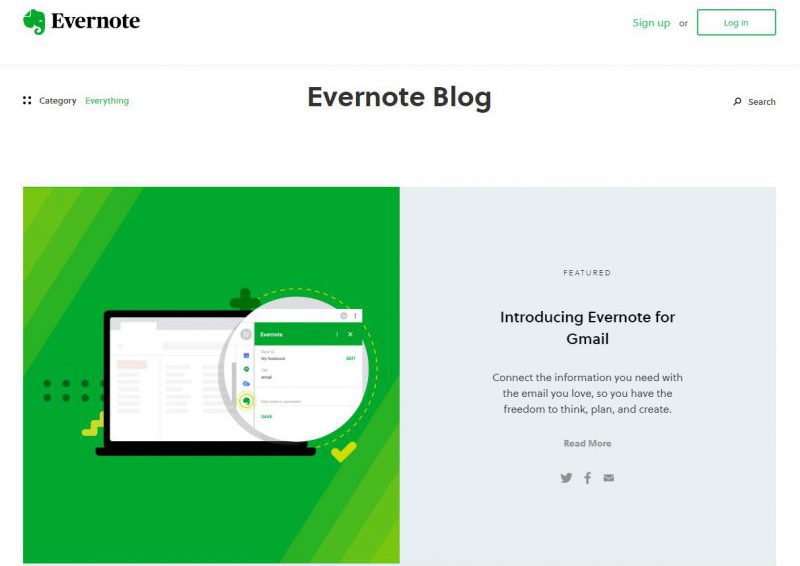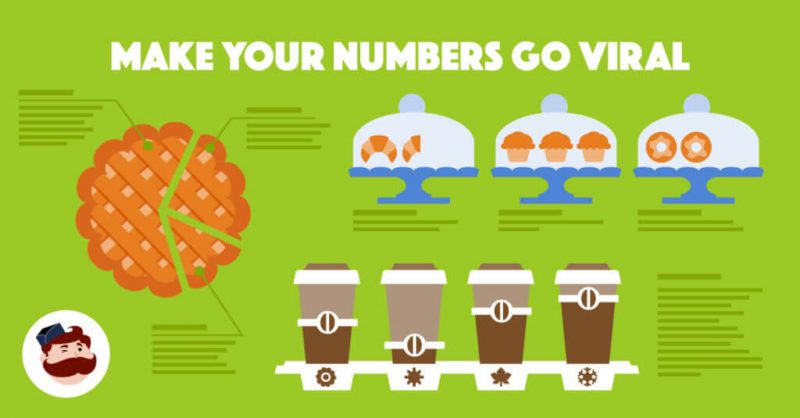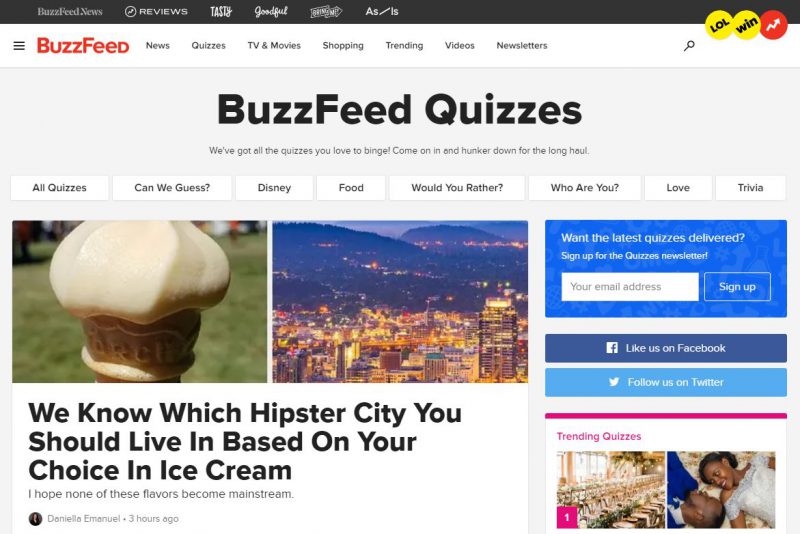For years, businesses have struggled to reach consumers online using traditional advertisements such as banners and embedded videos. These businesses are often unsuccessful in making an impact due to ad-blocking software that has become widely used. Additionally, numerous Internet users may find these forms of marketing to be more annoying than engaging because these are content that they did not choose to view. Rather than interrupt a user’s content with advertising, marketers can use inbound marketing as an alternative approach.
Inbound marketing is the strategy of engaging with potential customers through content and experiences in which they find value. This method is characterized by creating entertaining and informative content, using various media, which users will willingly seek out. This more personal approach to marketing has the extra benefit of reaching those who have already taken the initial step toward a purchase. This article will discuss and elaborate on what is inbound marketing, provide several examples, as well as enumerate current trends.
Inbound Marketing vs. Outbound Marketing
“Outbound” marketing involves using traditional advertisements to reach customers. As mentioned earlier, these advertisements may include online banners and embedded videos, as well as several offline media such as catalogs, billboards, and radio and print advertisements. Outbound was one of the most effective forms of marketing before the advent of the Internet. However, times have changed, and many customers now find this method a little too pushy and aggressive.

Source: https://mashable.com/2011/10/30/inbound-outbound-marketing/
At present, more marketers are shifting towards the inbound approach. Instead of putting their audience on blast and demanding they pay attention to the brand’s message, marketers create high-quality content and experiences that customers want to seek out. In fact, a study conducted by HubSpot indicated that 64% of the companies surveyed have a higher budget for inbound marketing in 2020. Almost 70% of marketers in this study are actively spending on several inbound marketing strategies like content marketing.

Source: https://www.hubspot.com/state-of-marketing/content-marketing
Furthermore, the survey also found that social media has proven to be an excellent channel for inbound marketing and see a higher return on investment (ROI). 74% of global marketers are actively investing on social media as part of their inbound marketing. Facebook was the most preferred social media platform, showing high ROI.

Source: https://www.hubspot.com/state-of-marketing/social-media-trends
With inbound marketing’s rising popularity and proven effectiveness, businesses should definitely consider utilizing this approach in their marketing campaigns.
Examples of Inbound Marketing
Inbound marketing is an umbrella term which comprises several distinct tactics. As a matter of fact, there are numerous ways for a business to get a potential customer to visit their website. Here are some examples of inbound marketing.
Blogs
For marketers, having a blog is an effective way to answer prospects’ frequently asked questions in accessible long-form content. Moreover, 15% of 3,400 marketers worldwide continue to blog as part of their marketing strategy. Also, 82% of marketers receive a positive ROI from blogging regularly.
It’s more likely for a brand to be trusted by prospects if it has a blog that is both educational and consistently updated with fresh content.

source: https://evernote.com/blog/
Infographics
Written content can be a useful tool in delivering a brand’s message. However, people don’t always have the time nor the desire to read thousands of words about SEO snippets, for example. Every so often, prospects want a quick snapshot of relevant information, preferably displayed through an aesthetically appealing format.
If the data being shared through the infographic is particularly valuable – such as statistics of Internet marketing across social media – there’s an enormous possibility that it will produce considerable buzz on the World Wide Web. Buzz isn’t short-lived. Instead, it makes a long-lasting impact on prospects. If an infographic makes people talk about a brand, the business will see conversions in no time.

Source: https://adespresso.com/blog/6-things-all-viral-infographics-have-in-common/
Webinars
Injecting personality into written content can be a big challenge. As an alternative, webinars can also be utilized by marketers to deliver their brand’s message. This form of inbound marketing is an Internet seminar wherein lecture-style content is offered to a particular web audience. With this format, marketers have the opportunity to provide meaningful information in an extremely engaging and personable way.
Having a real, sentient person present to represent a business makes prospects feel that they are in direct conversation with a brand. On the contrary, the audience can be oblivious of the talented people who create blog posts and other written content.

Source: https://neilpatel.com/blog/successful-lead-generation-webinars/
Podcasts
Podcasts are one of the most popular ways to reach an audience nowadays. Similar to the webinar, this format enables businesses to attach some personality to their brands. In this manner, prospects will be able to remember the brand as both a valuable and relatable resource in making their final decisions.
Additionally, it’s not necessary for podcasting to be labor-intensive. With a laptop, some microphones, and a pleasant host, businesses can already get started with their podcast.

Source: https://www.voices.com/blog/4-benefits-of-podcasting-for-brands/
Search Engine Optimization (SEO)
SEO is an inbound marketing strategy that makes those mentioned previously more effective. This method refers to various practices that marketers can use to make their content more visible in the search engine results pages (SERPs). It doesn’t matter how creative an infographic looks or how clear a podcast sounds if these content cannot be easily found in the organic page results. In other words, a brand’s content must be on the first page – preferably at the top or in the middle.
SEO strategies are categorized into two: on-page and off-page. On the one hand, on-page SEO involves all the things that businesses can do directly on their website to make their content more visible on the SERP. This method requires producing high-quality, human-oriented content that aptly responds to searchers’ questions and problems. Furthermore, this also entails optimizing content for specific keywords to ensure that it’s considered relevant whenever people search particular queries that businesses want to address.
On the other hand, off-page SEO comprises the things and activities that take place away from a business’s website. Basically, the goal is to attain links to a brand’s content from reputable websites. Each link indicates to search engines that a site’s content is good enough to move up the organic ranks.
In a recent survey, it shows that 64% of marketers used SEO as part of their marketing strategy. There are several ways to approach SEO and deliver a great user experience. Page speed and mobile optimization are the most preferred tactics for SEO among marketers.

Source: https://www.hubspot.com/state-of-marketing/seo-trends
Simply put, SEO has a substantial role in inbound marketing because people don’t visit the websites they don’t know exist.
Inbound Marketing Trends
Companies are utilizing inbound marketing at an accelerated pace, and many well-known brands are using it to attract potential customers. It will be crucial for inbound marketers to keep up with the latest trends to achieve continued success. Here are some of the inbound marketing trends that can help brands stand out to their prospects.
Artificial Intelligence
Artificial Intelligence (AI) is transforming inbound marketing by enabling businesses to create a more targeted campaign, personalize their marketing efforts, and increase ROI. AI is responsible for the users’ searches on the Internet and the feeds and stories they see on social media platforms. According to a report, 21% of sales leaders today have adopted AI technology in 2020. This tool also lets marketers analyze customers’ data and automate clients’ interaction. For example, chatbots enable businesses to reach out and help visitors, which improves customer relations. 85% of sales representatives said that the customer insights data have made them more effective in their job.

Source: https://www.valuecoders.com/blog/technology-and-apps/history-and-evolution-of-chatbots/
Interactive Content
Interactive content that allows users to participate in them is an effective way to engage with potential customers and offer real value to them. Marketers can create interactive content such as infographics, quizzes, trivia, polls, and the like, to drive interest toward their brand. This form of content can help brands drive awareness, allowing users to recognize their brand easily. In turn, marketers can deepen connections with a brand’s existing customers and encourage their audience to act by making forums, organizing events, and sending newsletters.

Source: https://www.buzzfeed.com/quizzes
Micro-Influencers
Micro-influencers are influential social media users that have a strong following of 1,000 to 100,000 followers. They create content that is tailored to their niche. Their loyal followers listen to their voice due to their credibility in their area of expertise. Recommendations made by micro-influencers are considered as authentic since they are considered to be relatable.
By collaborating with micro-influencers, businesses can promote their brand and reach dedicated followers in their niche, rather than the masses. These partnerships make it easier for brands to connect with their target audience and achieve a higher engagement rate. Influencers with 1,000 to 5.000 have the highest engagement rate with 8.8%, followed by influencers with 5,000 to 10,000 followers with 6.3%

Source: https://www.socialmediatoday.com/news/micro-influencers-vs-macro-influencers/516896/
Video Marketing
Videos help brands a considerable amount of information to their target audience in an engaging manner, which results in a high level of retention. 85% of businesses use videos as part of their marketing strategy.. This format can be used for businesses’ Q&A sessions, webinars, client testimonials, product demos, and more.
A video can attract the users’ attention and help in increasing the visibility of a brand. Also, it can evoke emotions effectively, enabling viewers to connect with a brand and encouraging them to act. As a result, video is the most preferred content, with a potential to build trust, increase engagement, encourage social shares, and improve conversion and sales. 88% of video marketers showed an increase of 5% positive ROI from 2019.
Additionally, live streaming as a part of inbound marketing strategy is also gaining traction, and brands are utilizing it on social media platforms to increase brand awareness and attract leads. With live streaming, businesses can interact with their viewers in real-time, reach a broader audience, and improve their relationship with their customers.
Summary
Inbound Marketing is a distinct strategy in which businesses are transforming their branding techniques. Unlike outbound marketing, this method works on the Pull strategy. Rather than reaching out to their consumers, companies create content that consumers willingly seek. The very essence of this approach lies in adding up the value to the users instead of bothering them with marketing messages. Inbound marketing can come in different forms, such as blogs, infographics, webinars, podcasts, and SEO. Due to constant shifts in digital consumer behavior, inbound marketing is continuously evolving to adjust to the audience. Thus, there are new changes and several trends that marketers can adapt to stand out. These trends include artificial intelligence, interactive content, micro-influencers, and video marketing.
Inbound marketing can be a useful tool to attract potential customers toward your brand. Learn more about Inbound Marketing by contacting us at Info Cubic Japan today.
Featured Photo by rawpixel.com on Pexels
